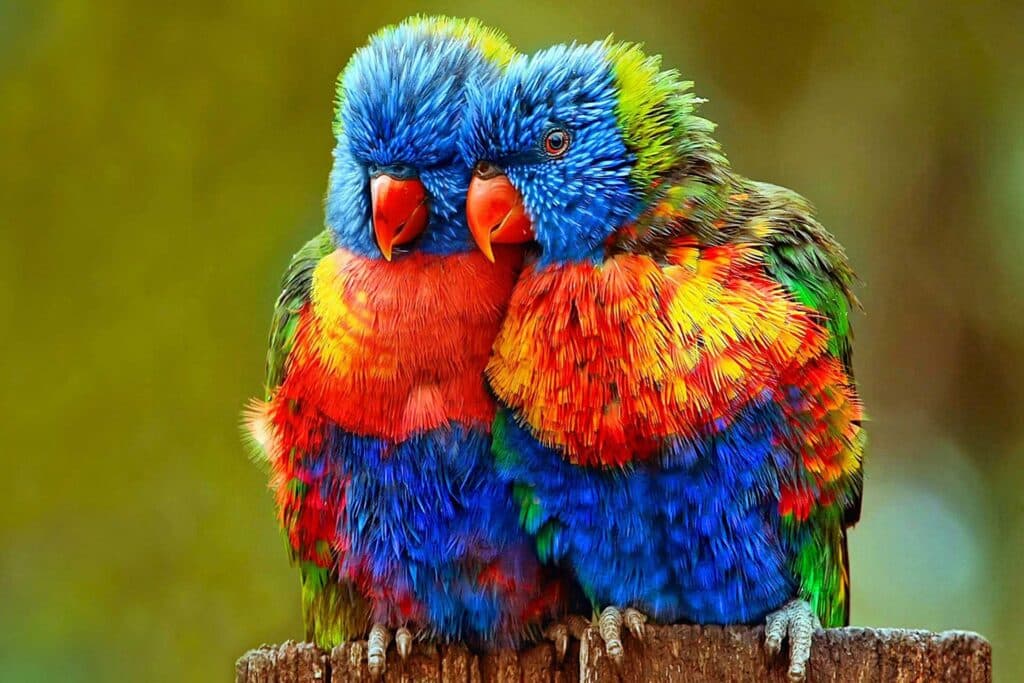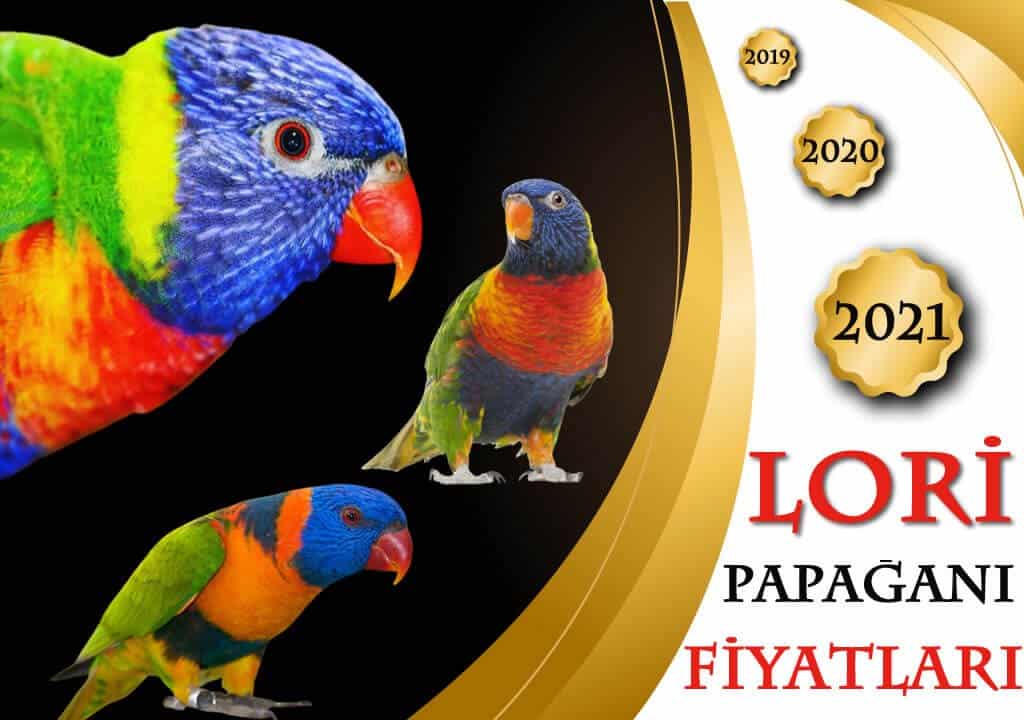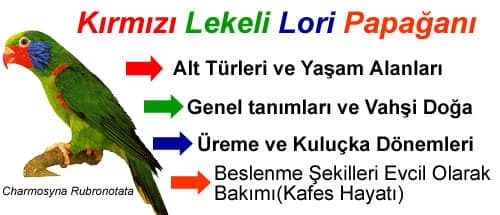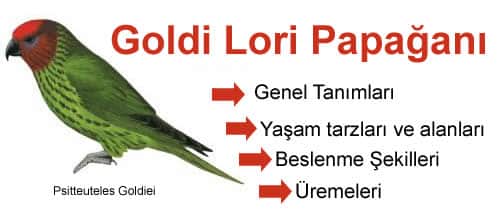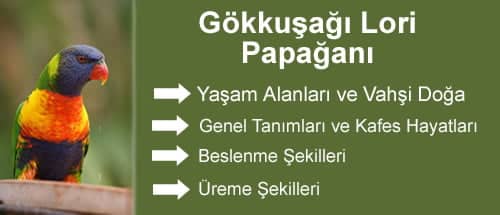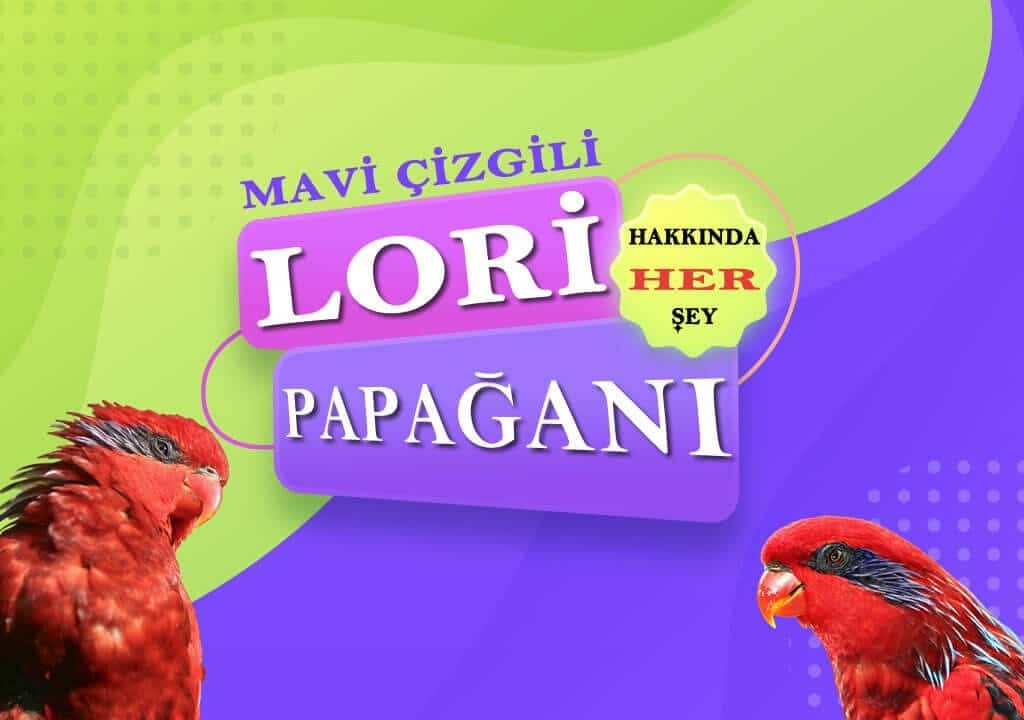Blog
Red Breasted Lori
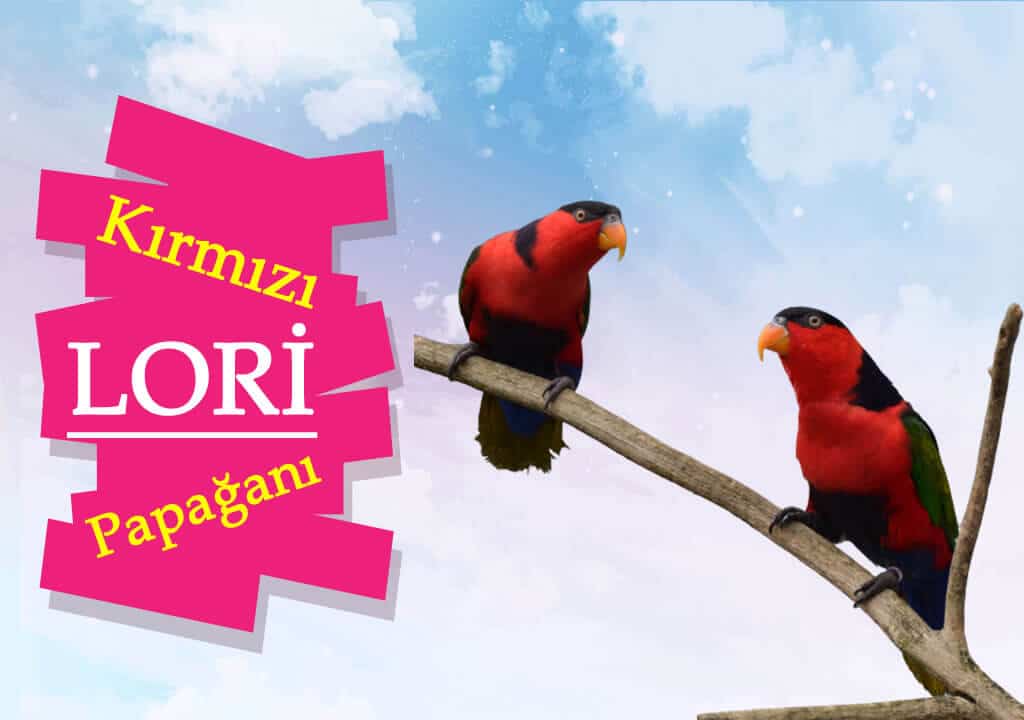
Red Breasted Lori (Lorius Lory Erythrothorax Salvadori)
Lorius is a subspecies of Lory Lory. Along with this species, other sub-species of the main species mentioned are listed as follows, respectively.
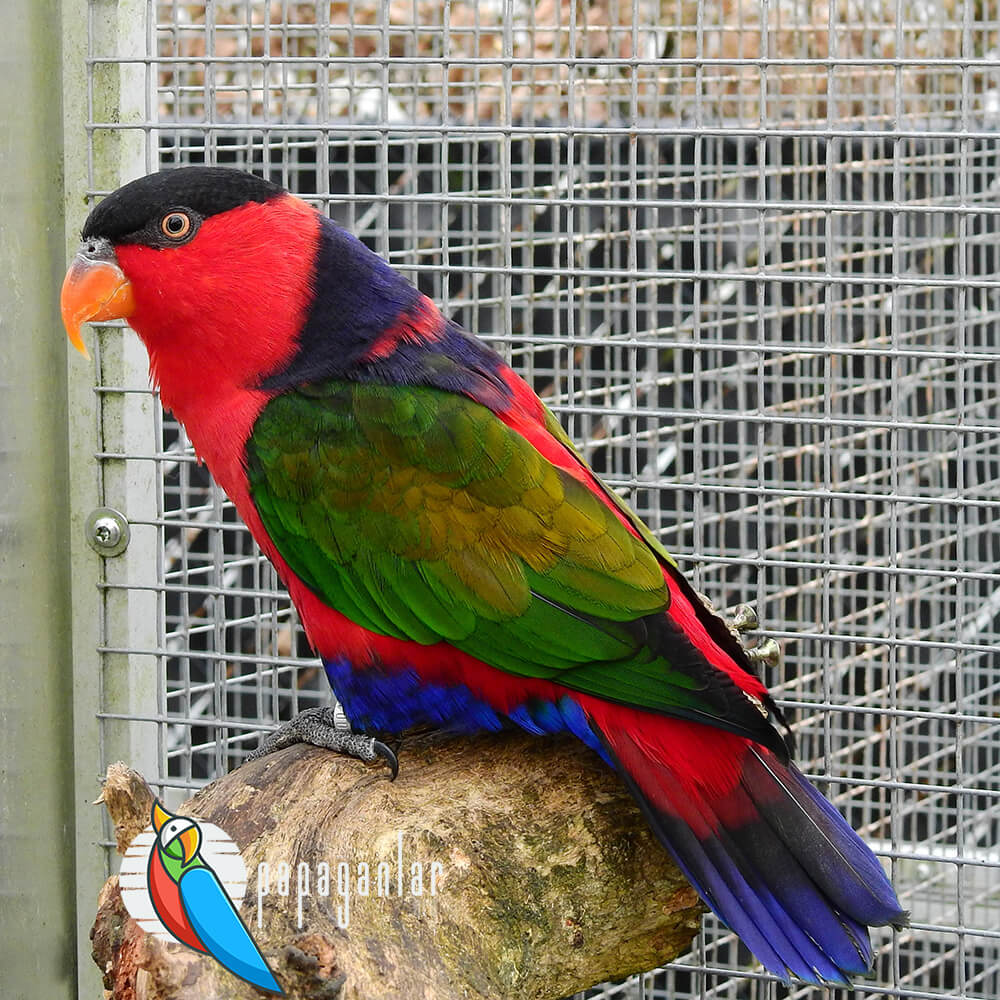
Subspecies of Red Breasted Lori:
- L. l. major
- L. l. erythrothorax Salvatori(Salvatori 1877)
- L. l. salvatorii
- L. l. rubiensis (Meyer 1891)
- L. l. somu
- L. l. jobiensis
- L. l. cyanauchen
- L. l. viridicrissalis
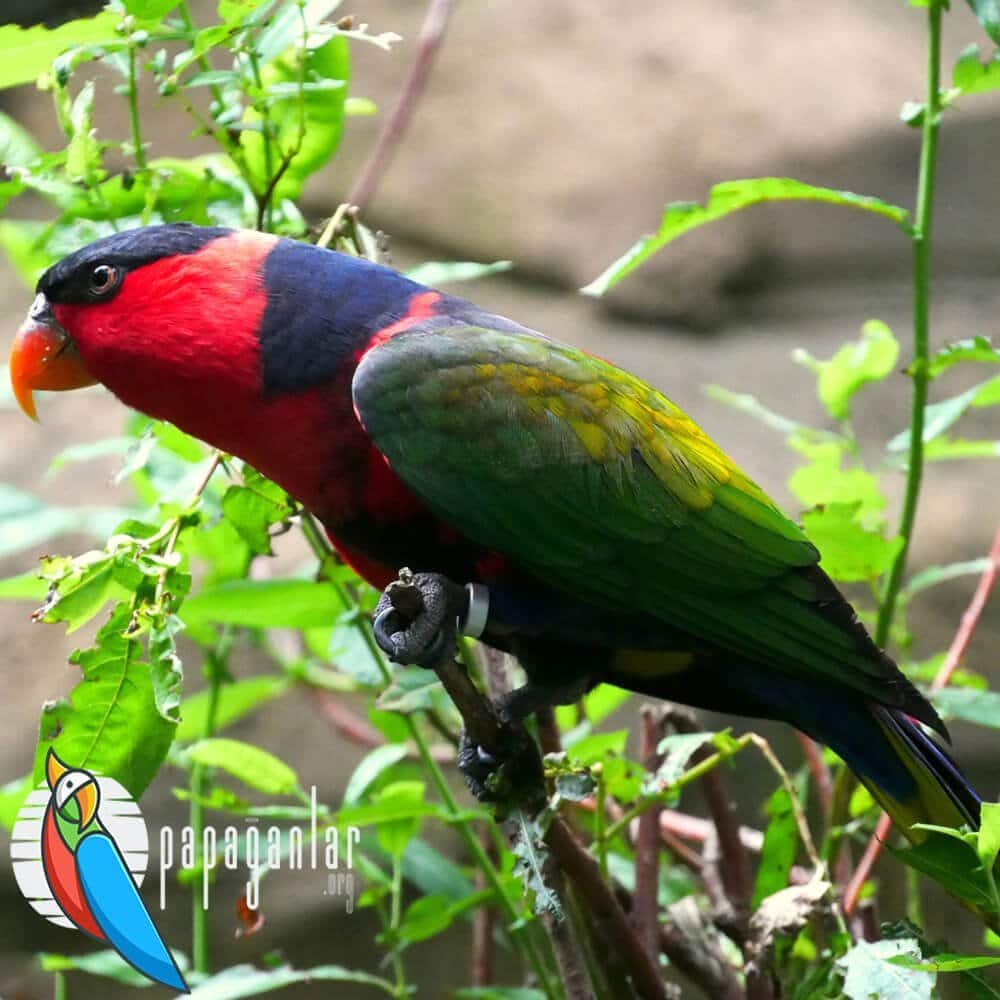
Living Areas
Moluccan inhabits New Guinea and the surrounding islands, from the Bismarck Archipel Den to East Salomone. They live in densely wooded rainforests at elevations of up to 1600 meters. They are found in small groups of 15 pairs at the top of the trees. During the incubation period, like many other species, they live together with their mates or alone. It is possible to see these species in all these shape regions where flowers and fruits are sufficient. At feeding time, they are together in groups of more than 100.
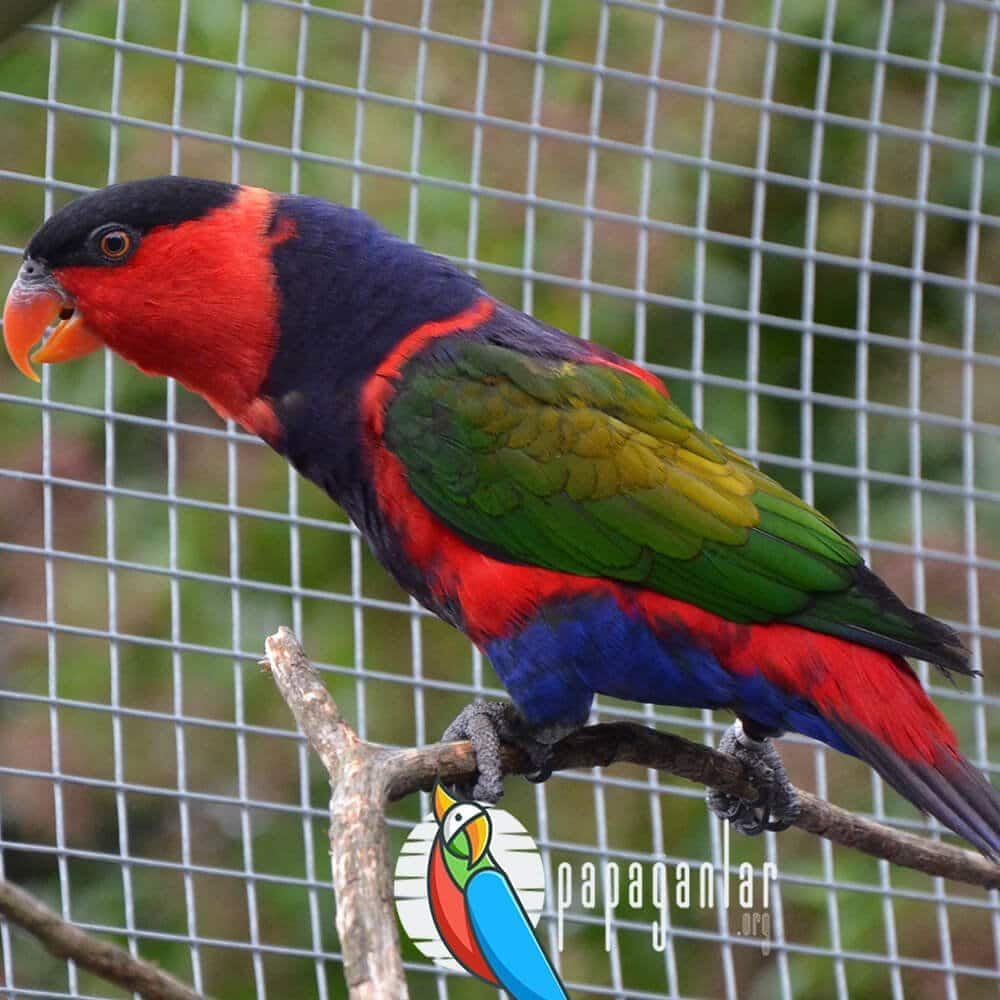
General Description
The females of this species, which are about 30 centimeters in size, are slightly smaller. Apart from this, there is no chance to make the gender distinction with the naked eye. Their main color, red, flows from their feathers in a very lively tone towards the nape of the head. The hair on the nape, the middle of the chest and abdomen, and the feathers on the feet are dark blue. The wing tops are green and the undersides are blue. The iris of the eye is a reddish brown shade. There is a whitish bare ring around the eyes. The beak color is orange. Its feet are black in color.
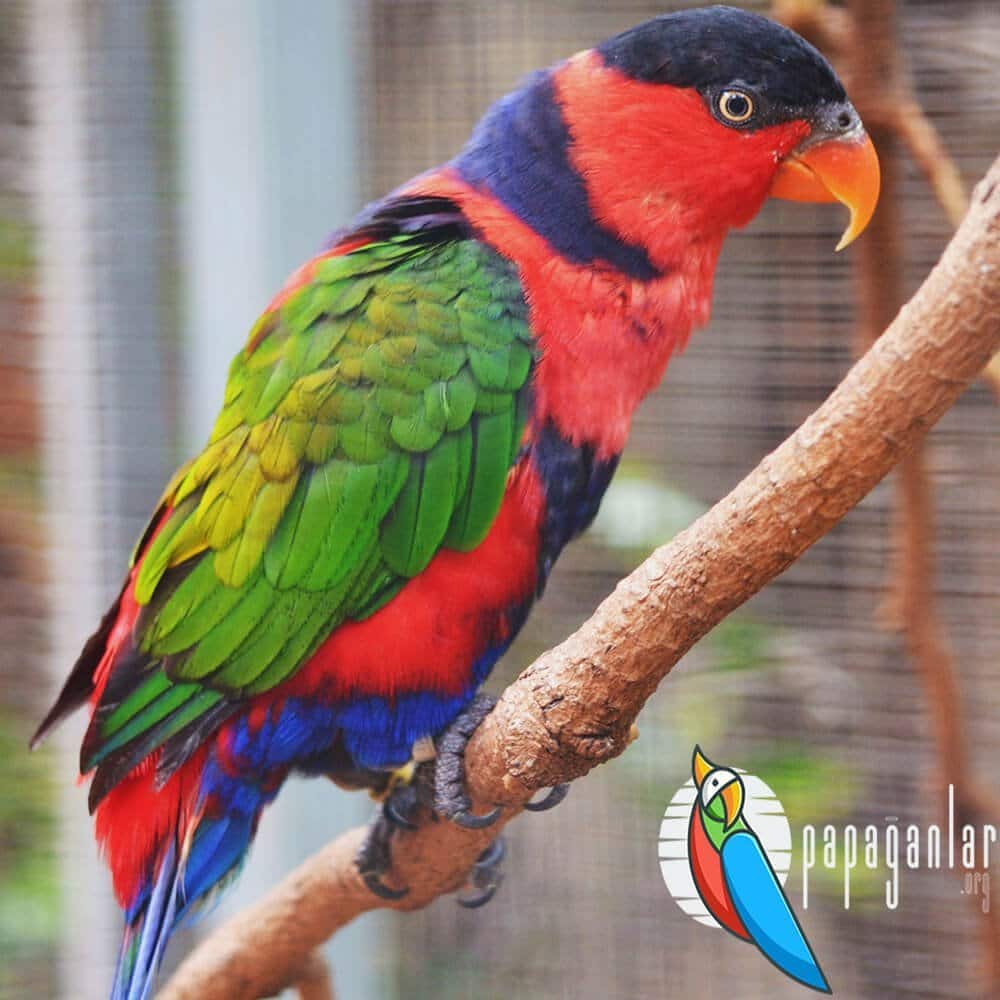
In young or juvenile birds, the colors are both paler tones and the beak colors are brown to black. In addition, the feathers under the wing are blue and the outer feathers are yellow. Black spots appear on it. The main color that is generally dominant in the main species and subspecies of this species is red. In addition, there are shades of green, black and blue.
Nutrition Patterns
It usually consists of pollen of flowers, fruit pulp and juicy soft fruits, as in loris. In addition, they consume very little seeds, insects and larvae.
Reproduction Patterns
Breeding dates begin in early spring. There will be a maximum of 2 eggs at a time in their incubation. The incubation period is approximately 26 days. Although it is within 11 weeks for the chicks to feather and fly, they leave the nest after about 2 weeks. In this regard, it should be noted that Paul Tiskens wrote a research article on domestic production only. According to this; Many subspecies of the Lorius Lory species (including the species described here) are mated among themselves in the domestic and crosses are formed. In fact, this is mostly due to unconsciousness, that is, not knowing which subspecies you have.
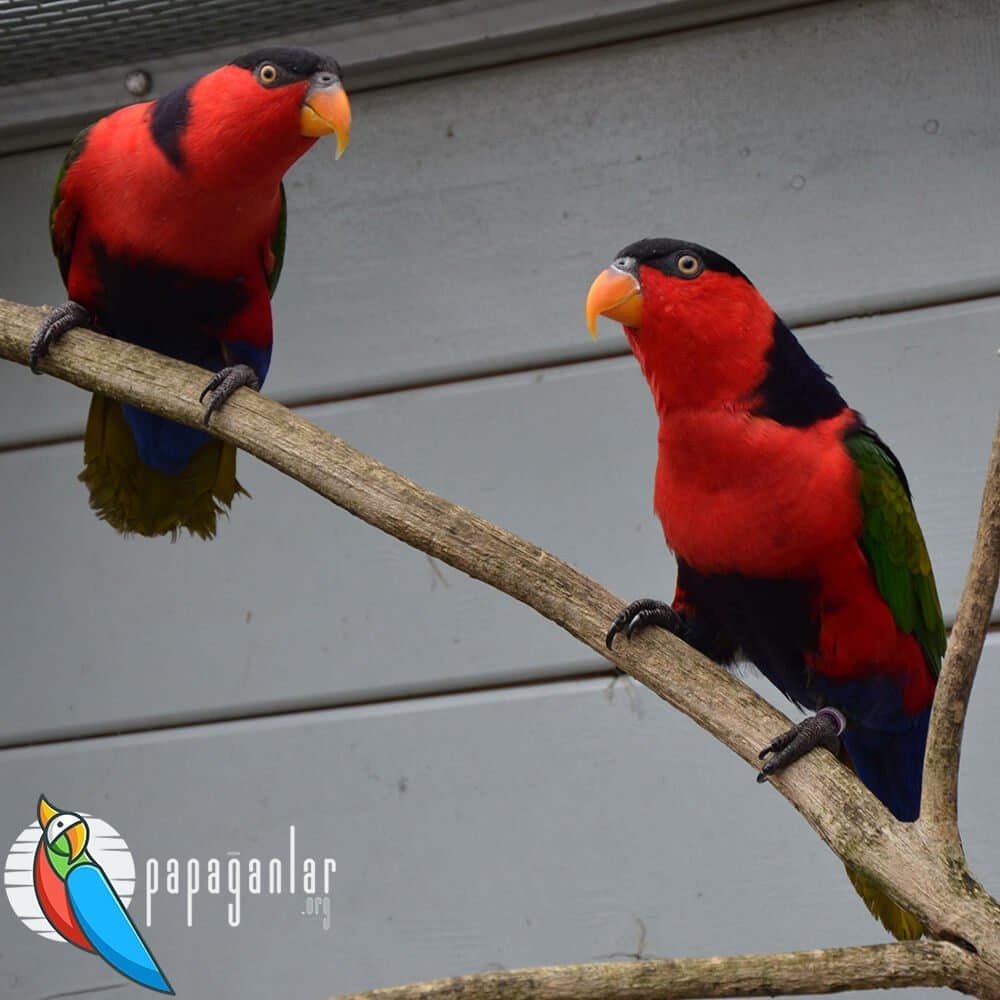
As a result of unconscious mating in Europe in the Loruis Lory Jobiensis subspecies, we did not have a chance to see a full-blooded lorikeet. Those that do exist are those who are too old to be matched anyway.
In general, those who keep the Lori species are always a small group of a certain number. This is how they stay. Many of those who keep lorikeets do not know which species or subspecies they have. She is very unconscious about it. We hope that those who have a tendency to this genre will at least examine what it is and which group it belongs to, and make purchases accordingly. Thus, the lineage of the species can be preserved during the production phase.
It is a type of lorikeet preferred as a pet. One reason is that it’s so easy to match and manufacture. They’re pretty darn cute. They are very active parrots that are inquisitive and have imitation abilities like their other brethren. They must be kept separately even if there are other species with them during the breeding and production phase. Because females can be quite aggressive even towards their own kindred during mating and incubation period.




